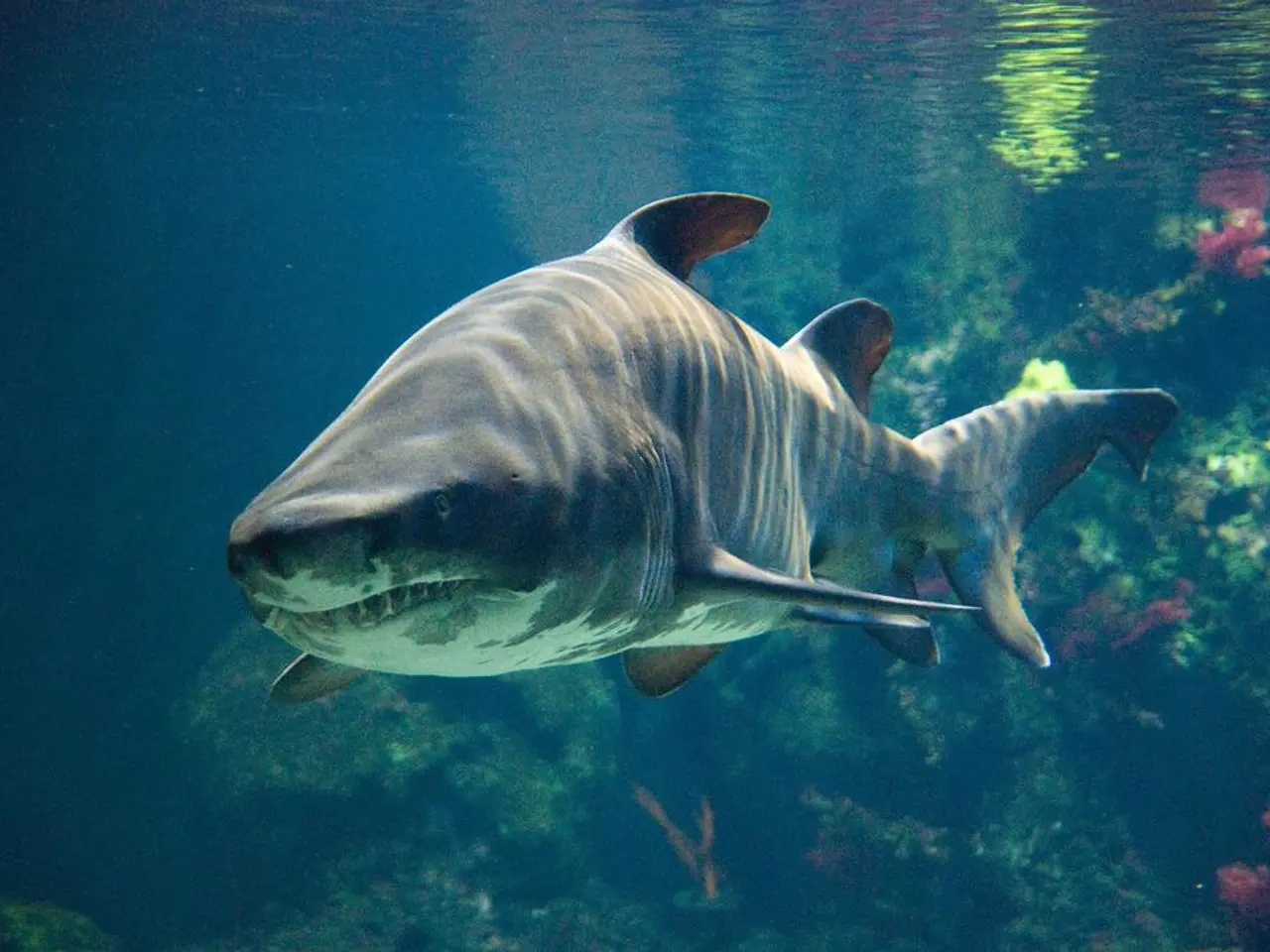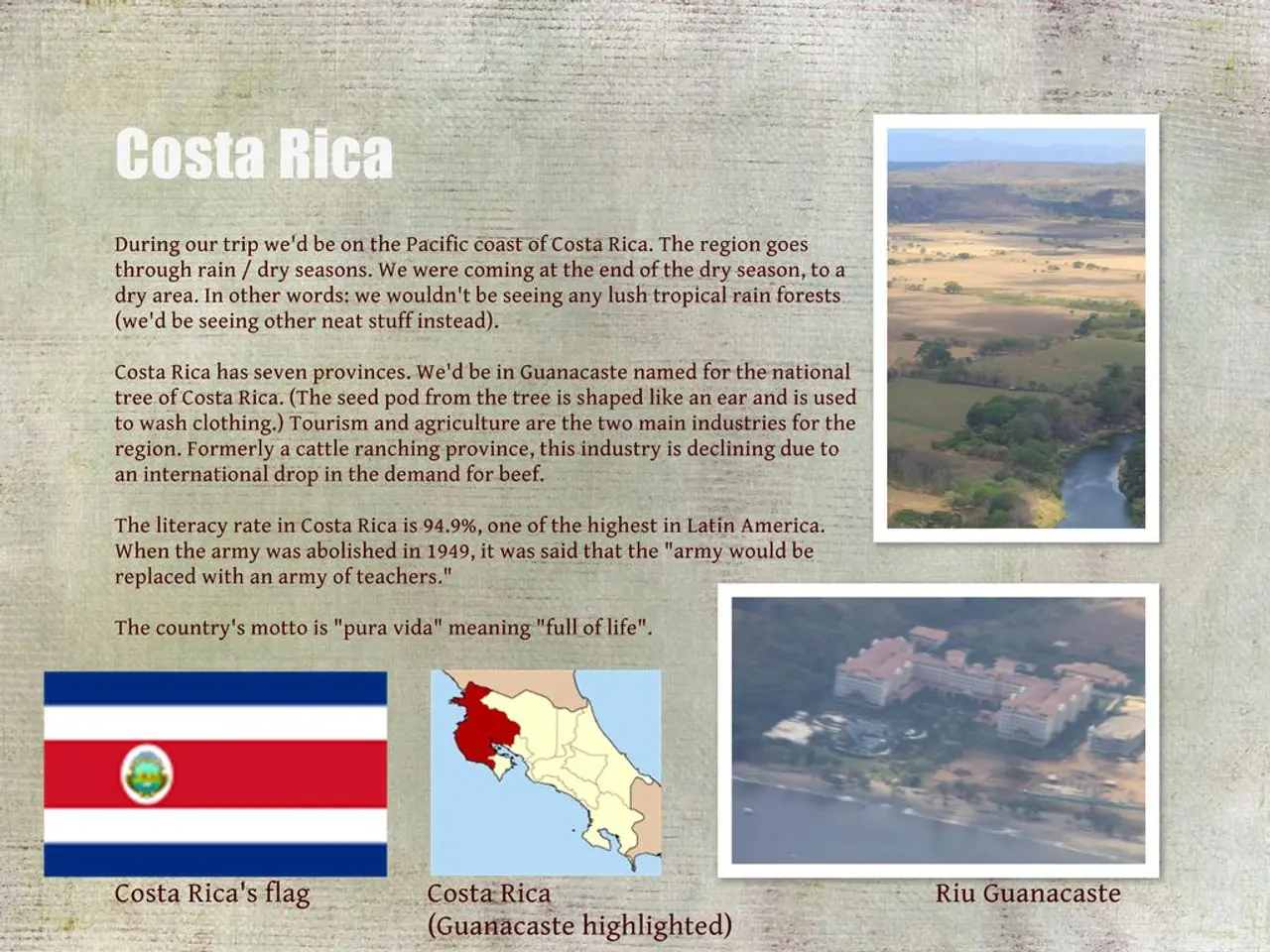Humpback Whale Aids Diver with Resurfacing by Delicately Lifting Him Upward
Humpback whales, renowned for their intricate communication skills and haunting melodies, have been observed displaying remarkable empathy and advanced social intelligence. These gentle giants, which can grow up to 60 feet in length and weigh as much as 40 tons, are not only protecting themselves but are also responding to the distress or threat faced by other species.
One striking example of this empathetic behavior was recently witnessed by underwater photographer Jono Allen. During his encounter with a humpback whale, the whale showed a deep, intentional connection, even attempting to lift Allen from the water. This act, while extraordinary, highlights a pattern of compassionate behavior observed in humpback whales, especially mothers.
Evidence for empathy and social intelligence in humpback whales is emerging from observations of their complex social behaviors. For instance, humpback whales have been documented interfering with orca hunts targeting other marine animals. Some scientists interpret this action as altruistic or motivated by empathy, displaying a concern beyond direct self-interest.
These behaviors indicate complex social interaction patterns that scientists are only beginning to understand. Researchers from the University of Queensland have observed these behaviors in humpback whales, suggesting that marine animals, including whales, may be far more emotionally aware than previously thought.
The understanding of such traits in humpbacks is still developing, with ongoing research aiming to clarify the extent and nature of their social intelligence and empathetic capabilities. Humpback whales' highly developed brains and social structures allow them to recognize the emotional states of others.
Humpback whales' complex feeding strategies showcase their intelligence and capacity to work together as a group. They use an impressive technique called bubble net feeding to trap and herd prey. During the summer and fall, these majestic creatures head to cooler waters like Alaska to feed, while they migrate to warmer tropical waters like Hawaii to mate and give birth during winter.
This migration, one of the longest of any mammal, covering up to 10,000 miles, is driven by the availability of food and the need for a safe environment to reproduce. Humpback whales also exhibit altruistic behavior, such as helping other whales during migration and sharing food sources.
The encounter between Allen and the humpback whale raises questions about the whale's ability to understand the needs of other species and recognize distress in humans. Humpback whales are observed displaying acts of kindness toward other creatures, including aiding injured members of their pods and helping other species in distress.
In summary, humpback whales demonstrate potential empathy and advanced social intelligence primarily through behaviors that include protecting other marine species from predators, indicating complex social interaction patterns that scientists are only beginning to understand.
- The advanced social intelligence displayed by humpback whales, such as interfering with orca hunts or rescuing other marine animals, suggests that their emotional awareness might extend beyond their own species, making them a fascinating subject for study in environmental science and psychological lifestyle research.
- In the world of entertainment, underwater photographers like Jono Allen capture breathtaking images of humpback whales showcasing their complex behaviors, which serve as a testament to these gentle giants' potential empathy and remarkable social capabilities, adding another layer to the intriguing narrative of these extraordinary creatures.








